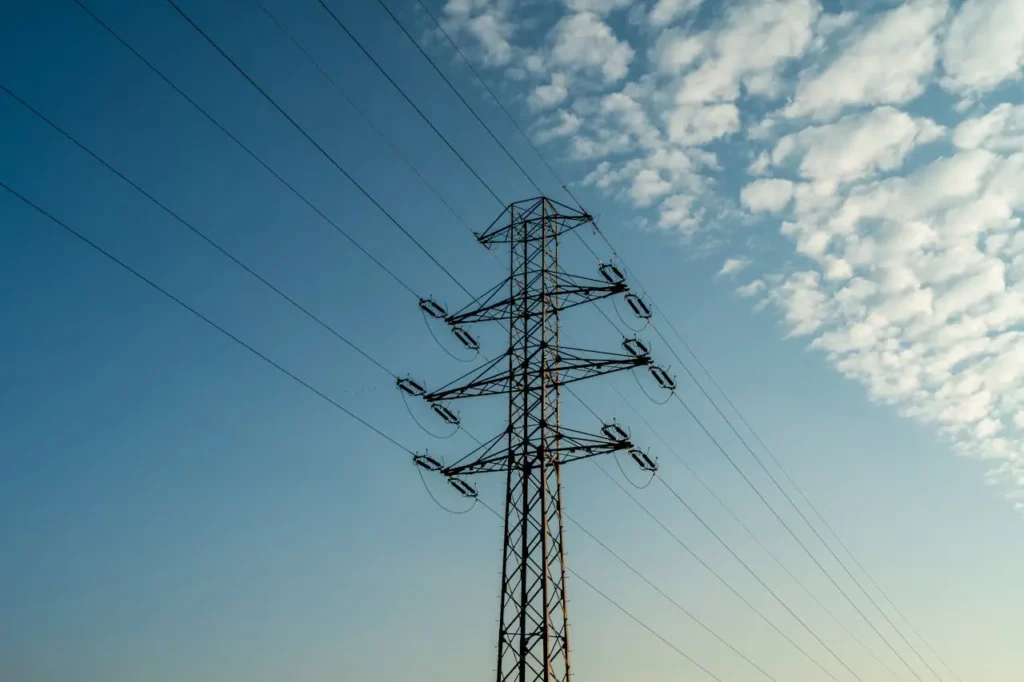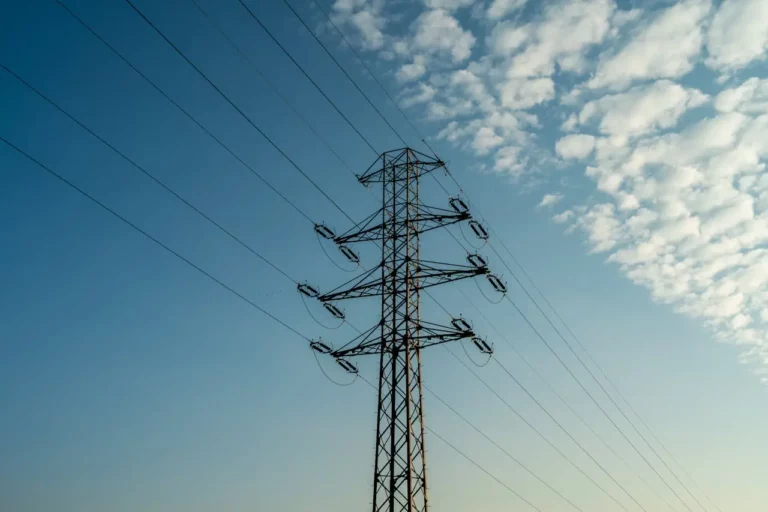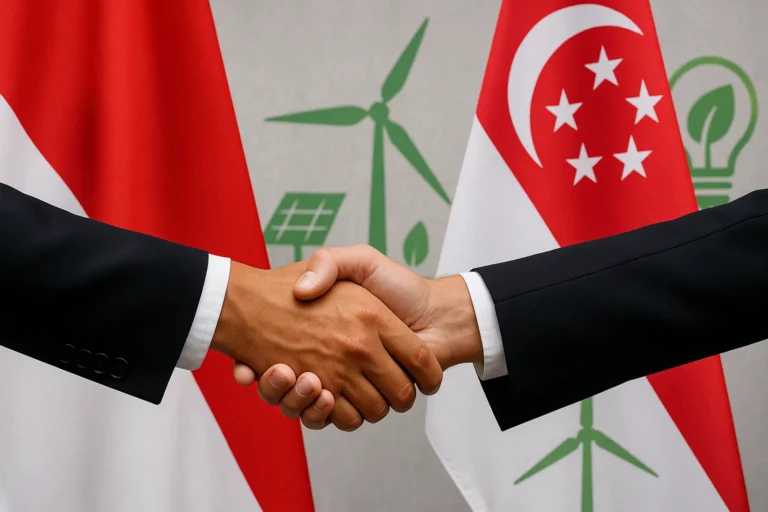The new RUPTL reflects an intent to move toward cleaner energy, yet the inclusion of new fossil projects are still there. Let’s stay tuned and stay involved, Indonesia’s greener future is ours to shape
On May 26, 2025, the Ministry of Energy and Mineral Resources (ESDM) of Indonesia officially launched the Electricity Supply Business Plan (RUPTL) PT Perusahaan Listrik Negara (PLN) 2025–2034, aiming to add 69.5 GW of power generation capacity while creating over 1.7 million new jobs. This strategic roadmap supports the country’s long-term ambition of achieving Net Zero Emissions (NZE) by 2060, placing renewable energy development at the center of its energy transition efforts.
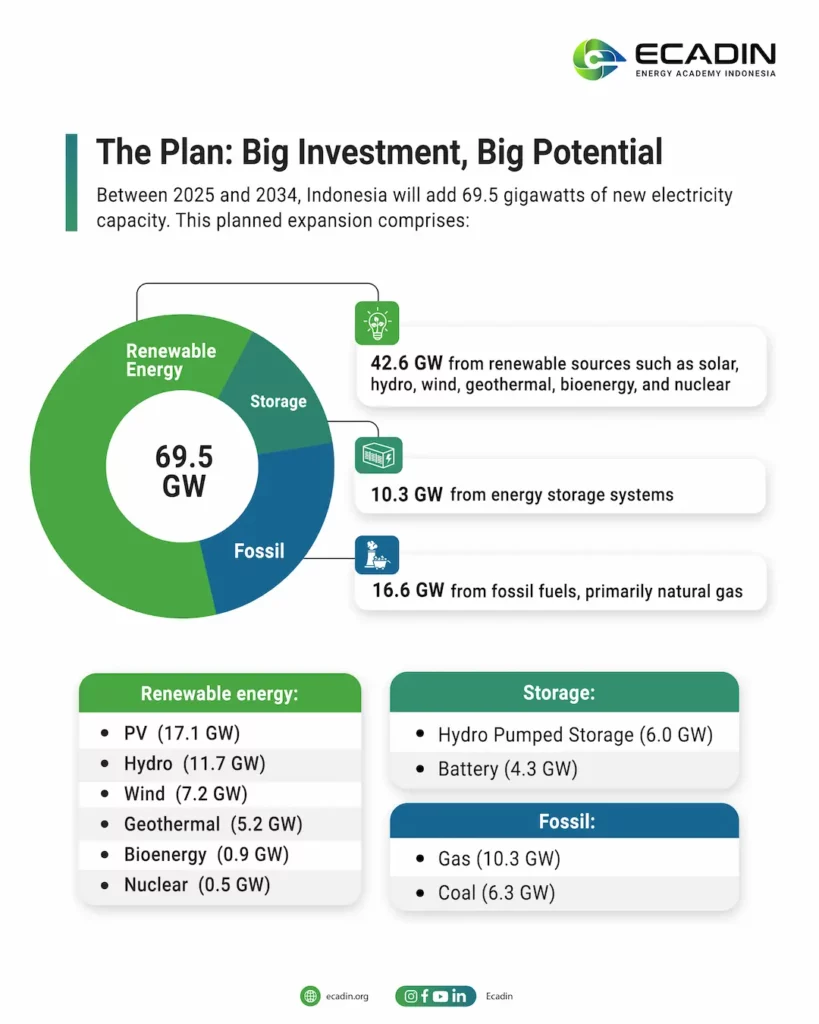
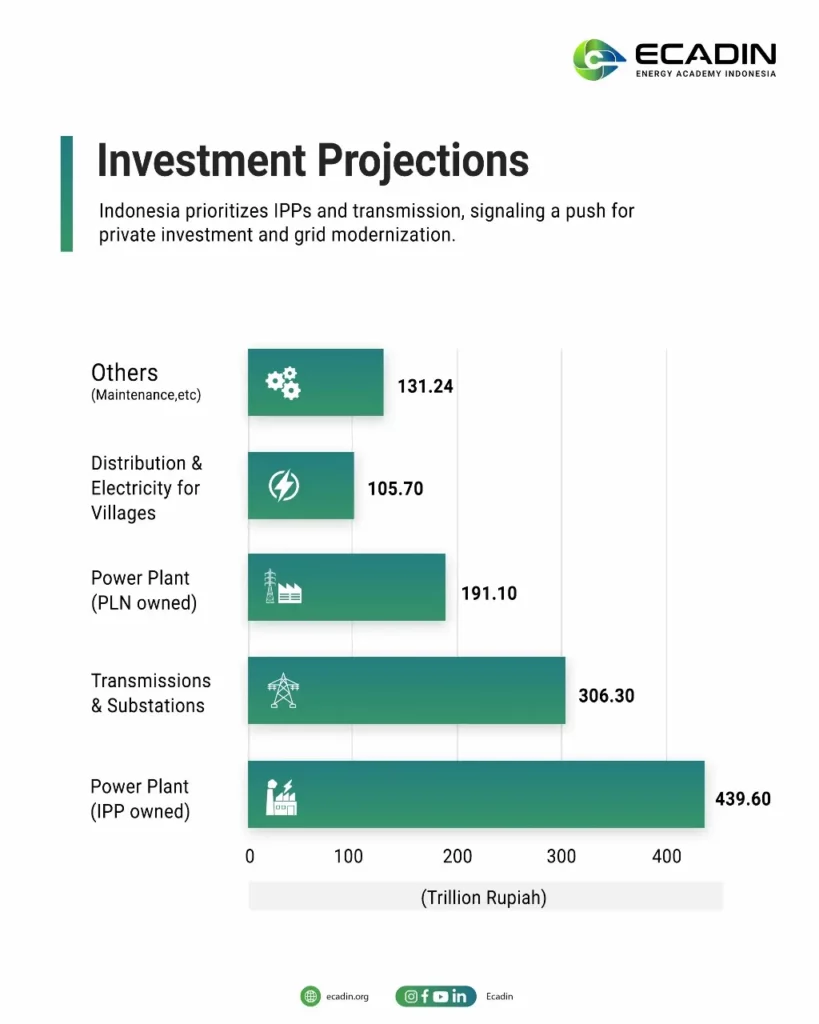

During the announcement, Minister ESDM Bahlil Lahadalia highlighted the government’s commitment to clean energy, despite the shifting stance of other nations on the Paris Agreement. The plan outlines that 76% of the new power capacity will come from renewable energy sources. Specifically, 42.6 GW will be generated from renewables, including solar photovoltaic (17.1 GW), hydropower (11.7 GW), wind (7.2 GW), geothermal (5.2 GW), bioenergy (0.9 GW), and nuclear (0.5 GW).
In addition, 10.3 GW will be sourced from energy storage systems, comprising hydro pumped storage (6.0 GW) and battery systems (4.3 GW). These storage solutions are essential to improve grid stability and to manage the intermittency of renewable sources, ensuring consistent and reliable electricity supply. The remaining 16.6 GW will be powered by fossil fuels, primarily from natural gas (10.3 GW) and coal (6.3 GW).
This large-scale energy transition is expected to create around 1.7 million new jobs, which includes approximately 836,696 jobs in the power plant sector and around 881,000 jobs in transmission and substation development. These workforce opportunities reflect the significant economic impact of Indonesia’s shift toward a greener energy system, especially in infrastructure development and operational maintenance across the country.
In terms of infrastructure, the plan includes nearly 48,000 kilometers of new transmission lines and 108,000 MVA in substation capacity, supporting a more stable and distributed power network across the archipelago. This investment, worth an estimated Rp2,967.4 trillion, will involve significant participation from the private sector. Around 73% of power generation projects will be developed under Independent Power Producer (IPP) schemes, reflecting Indonesia’s strong push for private investment and grid modernization.
The projected investments are distributed across several key areas:
- Power plants owned by IPPs will receive the largest share at Rp439.6 trillion,
- Followed by transmissions and substations with Rp306.3 trillion,
- PLN-owned power plants at Rp191.1 trillion,
- Distribution and electricity access for villages at Rp105.7 trillion, and
- Other infrastructure needs such as maintenance and ancillary systems at Rp131.24 trillion.
These figures signal a strategic focus not only on expanding generation capacity, but also on strengthening the grid and ensuring equitable access to energy across urban and rural communities.
Beyond large-scale infrastructure, the RUPTL PT PLN gives strong emphasis to rural electrification. The Village Electricity Program (Lisdes) is set to power over 5,700 remote villages and connect nearly 780,000 households, enhancing energy access and social equity. Minister Bahlil underlined the importance of this initiative as a reflection of national justice—ensuring all Indonesians benefit from reliable electricity, from urban centers to remote islands.
This forward-looking RUPTL provides a clear signal for investors and stakeholders. It integrates economic growth, job creation, and climate responsibility into one comprehensive framework that will shape Indonesia’s energy future over the next decade.
Indonesia’s ambitious renewable energy transition outlined in the RUPTL PT PLN 2025-2034 shows how proper energy planning can create real change. At Energy Academy Indonesia (ECADIN), our mission is to create a greener future by accelerating energy transition and promoting just sustainable growth. We’re proud to contribute research, innovation, advocacy and connecting expertise, knowledge, business actors and financing means. We value our diversity and focus on creating an inclusive environment where our team and partners can flourish.
References:



